Mars Rocks Crashing Into Earth And Something Is Very Strange
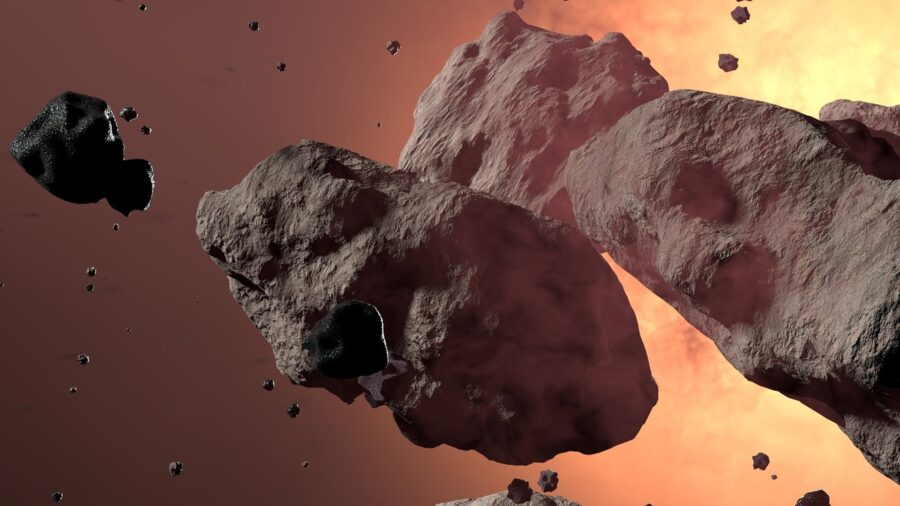
Chunks of Mars rocks have been making their way to Earth. The phenomenon is most perplexing as the rocks are relatively young, while the Martian surface is believed to be ancient. According to Science Alert, different dating techniques and analyses have yielded conflicting results, leading to a lack of confidence in estimating when the rocks formed on the Red Planet.
Impact Events On Mars Are Hurling Rock Chunks At Earth
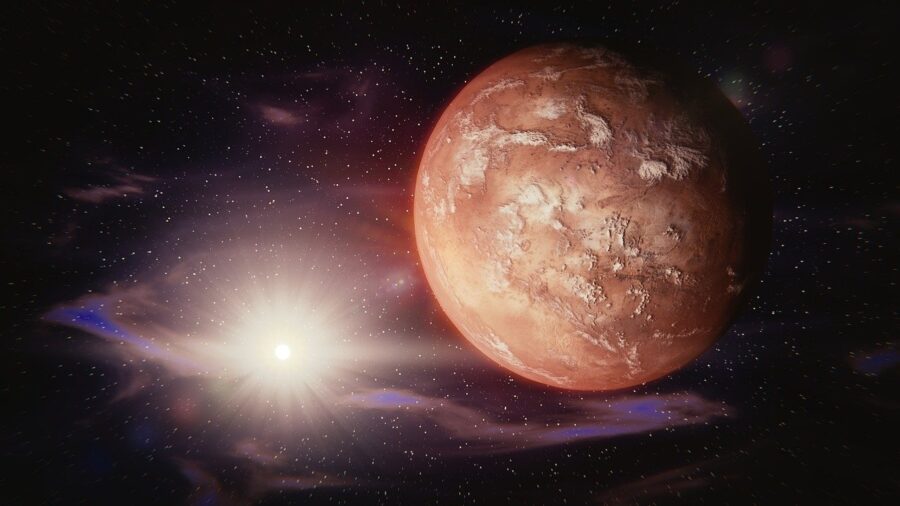
However, a team of scientists from the United States and the United Kingdom may be close to resolving the Mars rocks age mystery. “We know from certain chemical characteristics that these meteorites are definitely from Mars,” volcanologist Ben Cohen of the University of Glasgow, who led the research, explains.
“They’ve been blasted off the red planet by massive impact events, forming large craters. But there are tens of thousands of impact craters on Mars, so we don’t know exactly where on the planet the meteorites [rocks] are from. One of the best clues you can use to determine their source crater is the samples’ age,” Cohen continued.
Hundreds Of Meteorites Found On Earth Originated On Mars
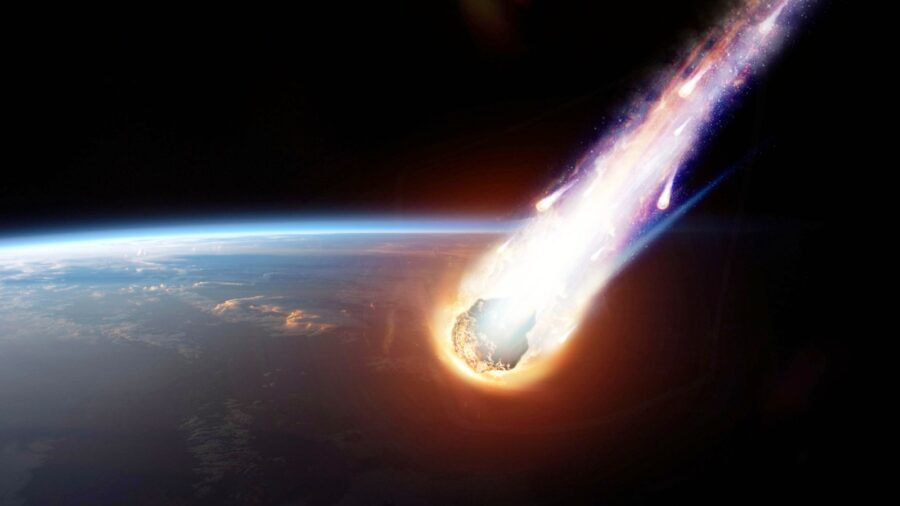
Currently, there are approximately 360 meteorite samples found on Earth that have been identified as originating as Mars rocks. About 302 are classified as shergottite, a type of metal-rich Mars rock that formed during volcanic activity. But the paradox that has puzzled scientists is that despite Mars’ heavily cratered surface, many shergottite meteorites appear less than 200 million years old.
Given that a younger surface, shaped by volcanic activity, would erase many of these craters, the ejected Mars rocks should also be ancient. This problem is known as the Shergottite age paradox. To determine the age of shergottite, scientists use a dating technique called argon-argon dating, which relies on the decay of radioactive potassium into argon.
Scientists Attempt To Date The Rocks
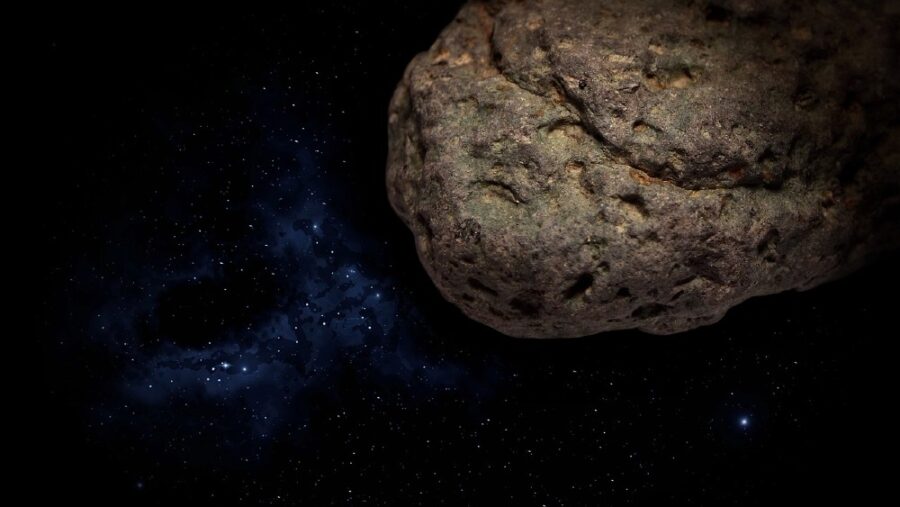
This method allows scientists to calculate the time since the radioactive decay began and date the Mars rocks. However, dating shergottite samples is more challenging than dating terrestrial rocks because of potential argon contamination from various sources. So Cohen and his team developed a method to correct for argon contamination, refining the age estimates of the rocks.
After this correction, the argon-argon ages aligned with other dating methods, such as Uranium-Lead, revealing that the Mars rocks are younger than previously believed. The results for seven shergottite samples ranged from 161 million to 540 million years ago. “Once we did that, the argon-argon ages came out as being young and matched perfectly with other methods,” Cohen explained.
Volcanic Activity On Mars Could Be To Blame

Researchers suggest that the reason for the young ages might be related to the frequent impacts on Mars, which have broken up the older surface, exposing younger rocks replenished by volcanic activity. Over time, these younger Mars rocks are excavated and ejected into space, eventually reaching Earth.
One implication of the research is that Martian volcanic activity may still be ongoing, as evidenced by the constant bombardment of the planet. Scientists estimate that more than 200 impacts create craters larger than four meters in diameter on Mars yearly, leading to the occasional ejection of younger rocks on a journey through the Solar System.
Studying These Rocks Can Help Scientists Unravel The Mystery Of Earth’s Formation
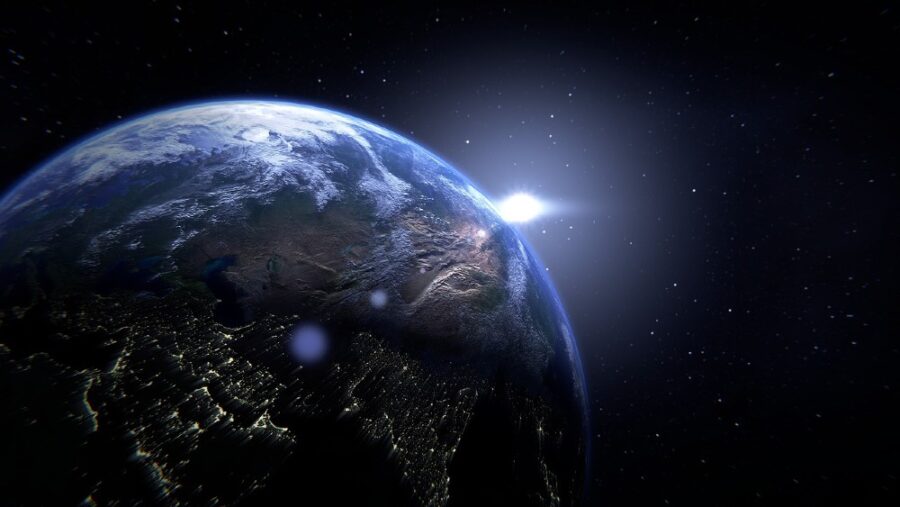
Mars rocks have made their way to Earth through ejection for decades. When a meteorite impacts the Red Planet with enough force, rocks from the planet’s surface break off and float into space. In 2021, a study suggested that Earth and Mars likely arose from collisions between giant Moon-sized rocks instead of the clustering together of tiny pebbles over time.
At the time, scientists analyzed about 0.77 ounces of material from 17 meteorites that came from Mars to see which model could best explain how the solar system’s rocky planets were formed. Scientists used these Mars rocks to study the geomorphology of Mars and have deduced that the Red Planet was once more Earth-like than previously believed.












